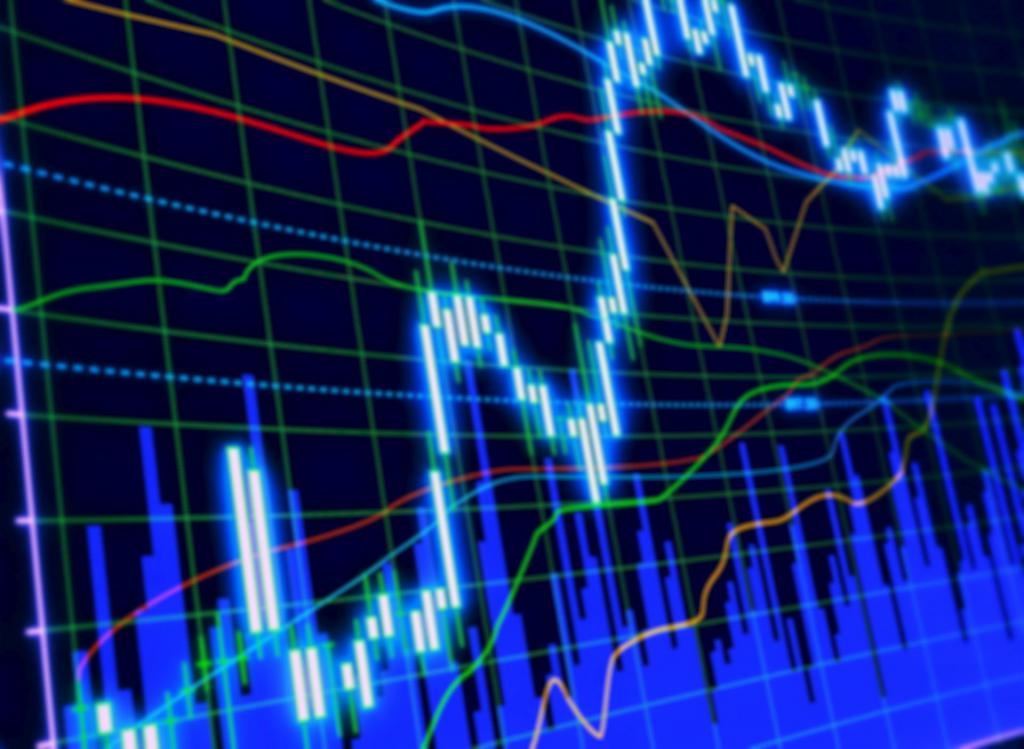In various commercial and financial structures, economists often use the concepts of "profit" and "margin". The Forex market is no exception.
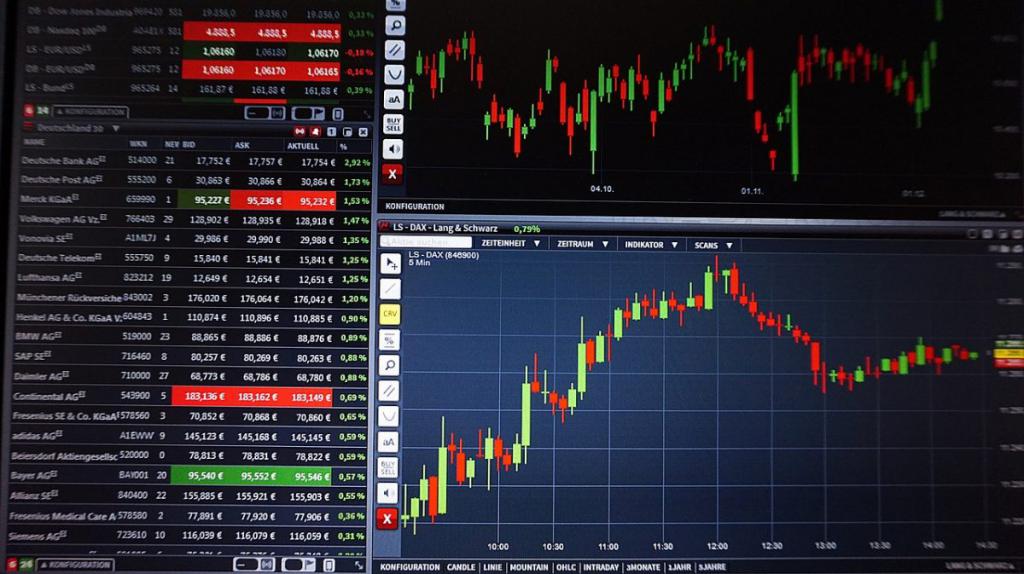
At some time, each participant in the foreign exchange and stock markets is confronted with these concepts. Do not confuse the margin of the Forex market with other concepts. Margin in the foreign exchange market is, in simple words, the amount that a trader pledges for a broker to provide him with temporary use credit for trading on the market. Interestingly, this amount sometimes exceeds the deposit many times.
Forex Margin
In the Forex market, margin is a kind of leverage, with the help of which the trading activity of a trader increases significantly. He places this amount on his trading account and gets the opportunity to make large transactions, far exceeding his real capital. This helps to make significant profits. What is the difference between margin and profit is clear if you understand the essence of trading on the exchange.
Any trading operation on the market consists of two steps:
- buying or selling a selected asset at the best price;
- selling or buying at the same or another price.
Forex margin is inextricably linked with such exchange concepts as “point”, “leverage”, “lot”. The unit of trade on the "Forex" - paragraph. Its value depends on which instrument is chosen for trading. So, the yen is measured up to 2/10 shares, and the euro - up to 4/10.
To determine the volume that is bought or sold by a trader, a lot is used, he trades with it. And since ordinary traders usually cannot afford to trade in large volumes, brokers decided to use leverage.
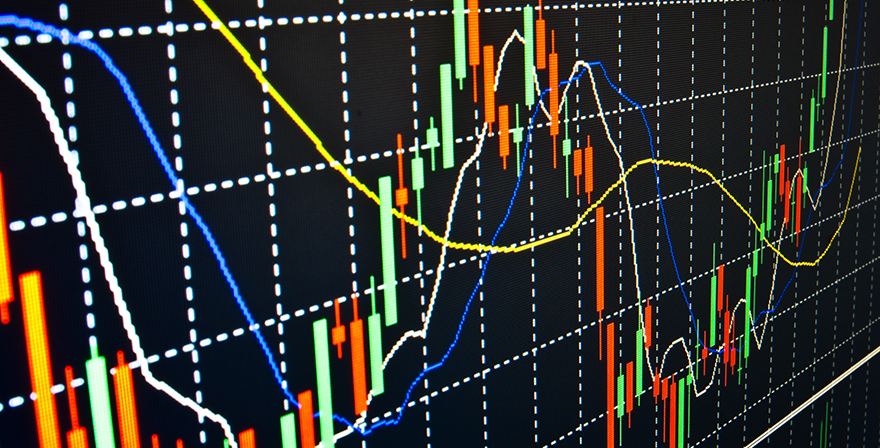
As in the work of any enterprise, Forex also operates with such concepts as gross profit and margin. What is the difference between them is not difficult to understand.
Margin takes into account only trading costs, while gross profit implies a much larger number of indicators. This is the sum of all funds deposited to and withdrawn from the account that were made during trading.
Leverage and Margin
It is leverage that helps to manage quite large capitals in a particular currency in trading. It is indicated as the ratio of funds contributed by the trader to those funds that the broker provided to him "in response." For example, 1: 100 or 1: 500.
Margin is closely related to both leverage and the lot. Actually, the margin is inversely proportional to the lot and leverage. That is, the higher the lot and leverage, the lower the margin. In addition, the more trades a trader opens, no matter what lots, the margin will be less.
The minimum amount of margin is determined by the exchange itself, and the broker can then increase them at its discretion. Based on the leverage, the margin parameters are also calculated. In the trading terminal, the margin size is indicated in the "Trade" section.
In fact, margin is a guarantee of the safety of the deposit. When you open several transactions, the margin decreases. Thus, the more successful the trade, the greater the margin. This is another difference between profit and margin.
Margin Level Calculation
When calculating the margin, it is important whether the trader has pending orders for this instrument.
For proper margin calculation, the following should be considered:
- If the trader does not have open orders, the margin is considered as usual.
- If a trader has open orders and he opens new ones, but in the opposite direction with equal or less volume, then the total margin will be the same as the current currency pair.
- If a trader has open orders and he opens orders in the same direction, then the margin will be equal to the sum of both orders.
- If the trader has orders and he opens the order in the opposite direction, with the same or large volume, then the margin is considered for two values - for the new and current orders. If more than two opposite orders are open, then the margin is considered separately for each direction.
When working with orders, leverage, points, etc., it’s important not only to understand what the difference is. Margin and profit are the same components of trade, as well as other exchange concepts.
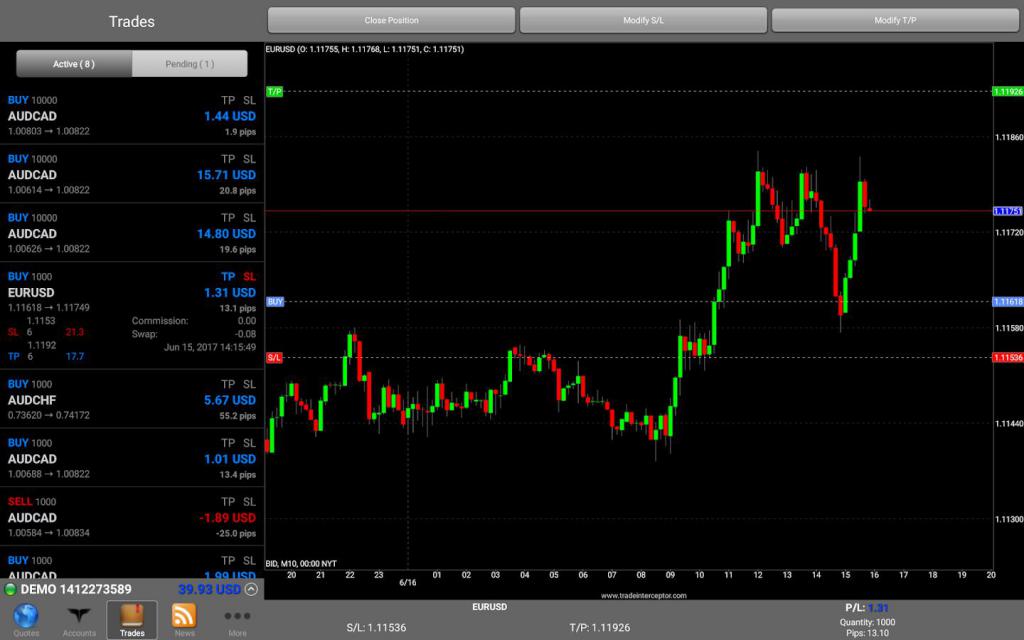
To calculate the margin, the formula is used:
M = Pk / Kp, where
- Rk - the size of the exchange contract;
- Kp - the amount of leverage.
Typically, the margin requirements currency and the base currency are the same. When the margin currency is different, the result is calculated in margin, and not in currency.
So, to buy 1000 € at the exchange rate of 1.2550, you would have to pay $ 1255. If the leverage is 1: 100, then the opening of the same transaction will cost $ 12.50 (1/100). This amount represents the margin (or collateral margin). When this position is closed, $ 12.50 will be returned back to the trader's account. When you trade on Forex, what is the difference between margin and profit, it becomes clear as soon as the account decreases. Also, if successful, the trader immediately sees that the margin has increased. Therefore, there is nothing to fear so far, and there is no threat to its funds.
Concepts of profit and margin: what is the difference
In simple words, margin is what you can earn on. And profit is what you managed to earn. Both of these concepts are inextricably linked, but understanding the differences between them is the key to making money in the market.
The difference between the balance of the trading account of the trader and the margin of all open orders is called the "free margin" or Free Margin. Open positions are not taken into account on the balance sheet - only closed positions. If there are $ 500 in the account and there are no open positions, the balance is also $ 500.
Free margin is calculated by the formula: Free Margin = Equity - Margin, where
- Free Margin is a free margin;
- Margin - regular margin;
- Equity - funds that a trader can use in trading.
Margin Call at Forex
When trading Forex, you should not lose sight of the difference in margin and profit. When a situation called Margin Call occurs, the trading balance becomes lower than the broker's allowable price, and you have to either close positions yourself or replenish your trading account. Often this happens with a large reduction in the price of an asset that was not provided for by the trader. Sometimes this happens with an increase in the minimum margin. With strong market volatility, margin can also approach zero.
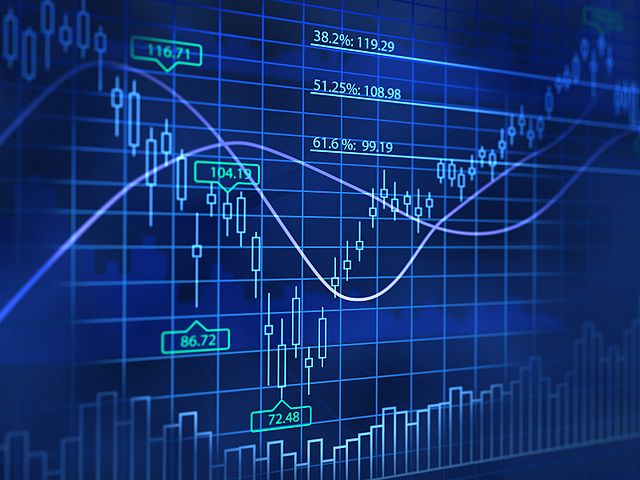
When the Margin Call Level limit comes, this means that the trader can no longer open new positions, since the margin level has reached 100 percent. But he can still close any of his orders.
When the margin level becomes equal to the account balance, there comes a case when the Margin Call Level becomes 100%. For example, a trader has not yet closed any orders, the market goes against them, and there are almost no funds left on the account.
Stop Out in the Forex Market
If there is no free margin, then if the trader has open positions or pending transactions, pending orders will not be able to work. The broker will automatically cancel them. As soon as the Stop Out Level comes, when the minimum margin on the account becomes equal to 10%, open orders will begin to be forced to close by the broker. First, the losing ones, the most unprofitable ones, will close.
Since the funds issued to him are not enough to cover the loss on the positions that are currently open, the broker begins to close unprofitable orders from the most losing ones, thereby increasing the margin on the trader's account.
When forcibly closing only one losing order, the margin level often rises by about 10 percent. If the funds in the account continue to decrease, and the margin again turns out to be about 10 percent, the broker will again begin to close orders, starting again from the most unprofitable one. Once again, the margin level will increase by 10%.
If a trader’s profit from trading increases, then the margin increases - that’s the difference between margin and profit.
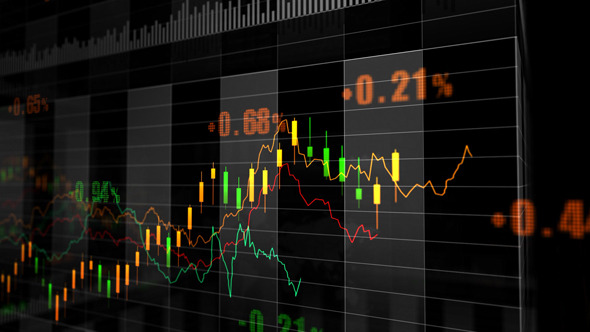
To facilitate the calculation of margins, many brokers have calculators on their sites, they can calculate both the margin and the value of one point, the amount of the swap deposit, etc.
